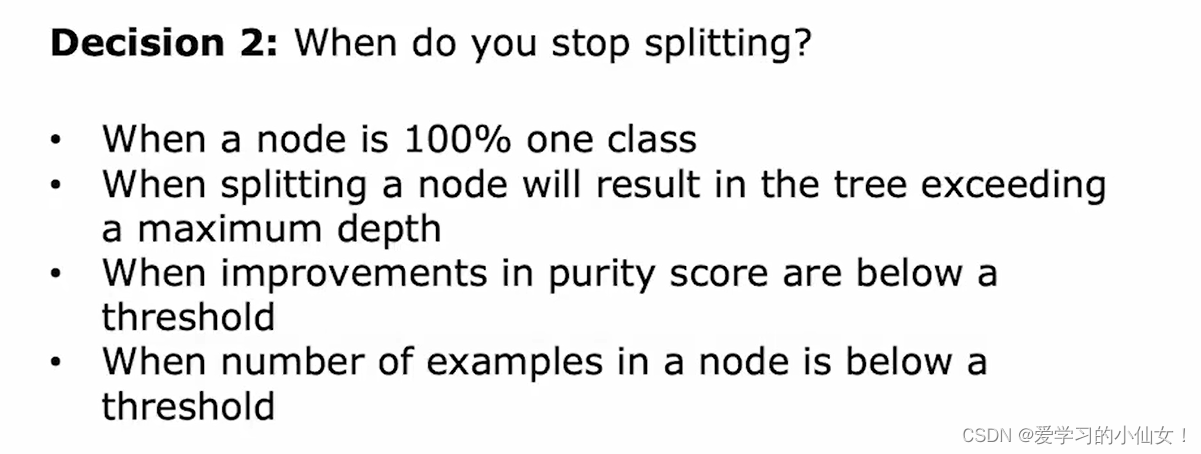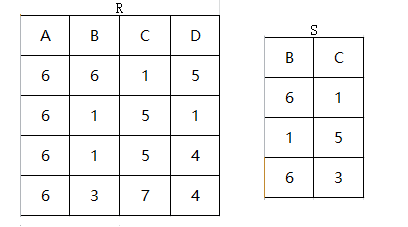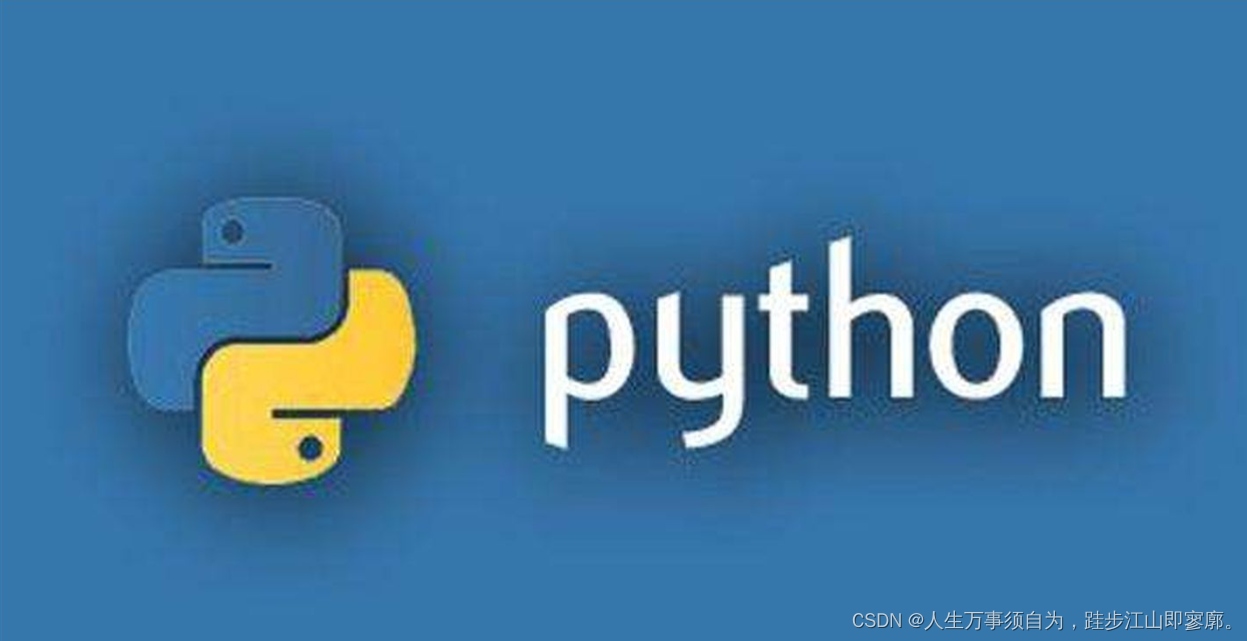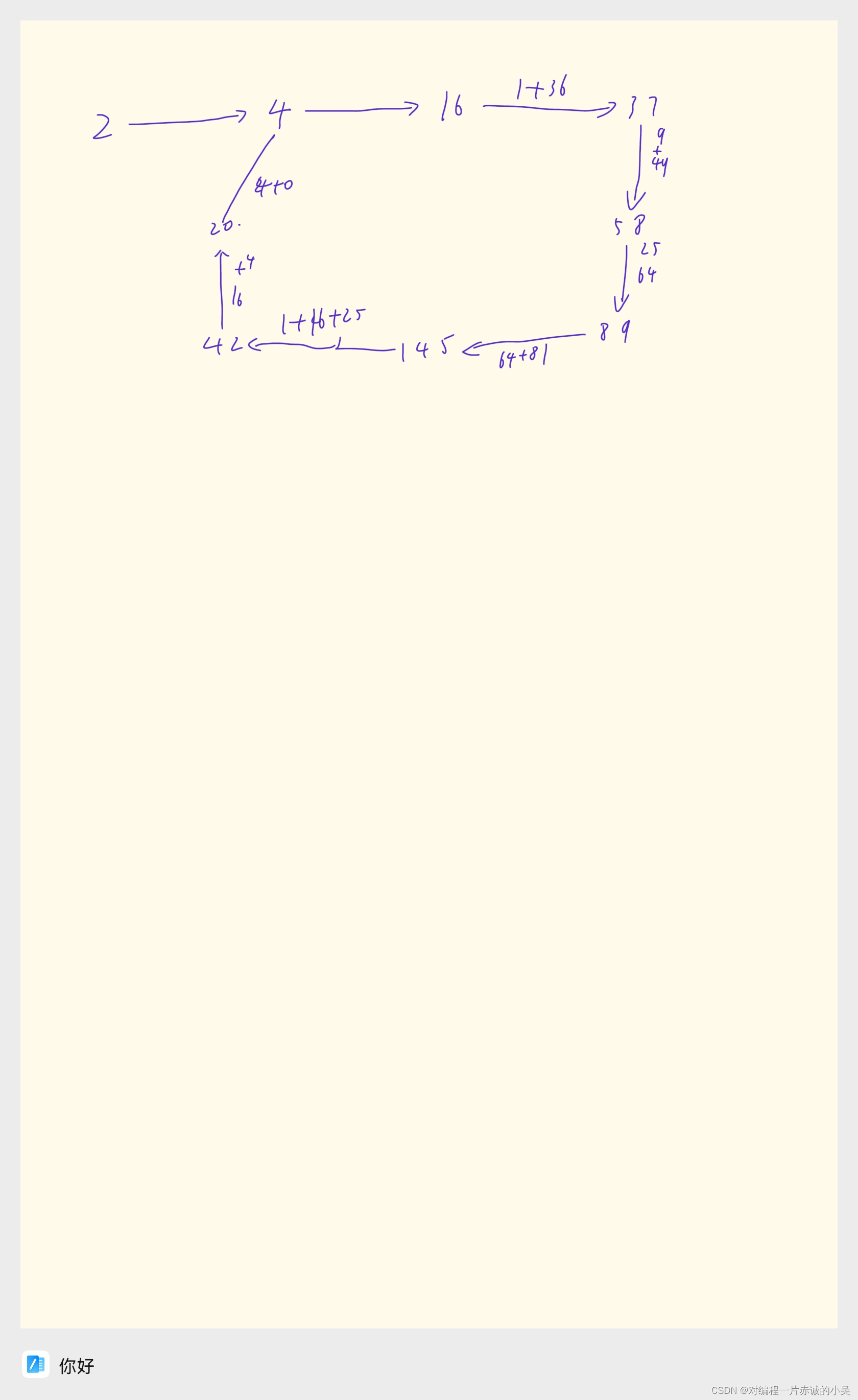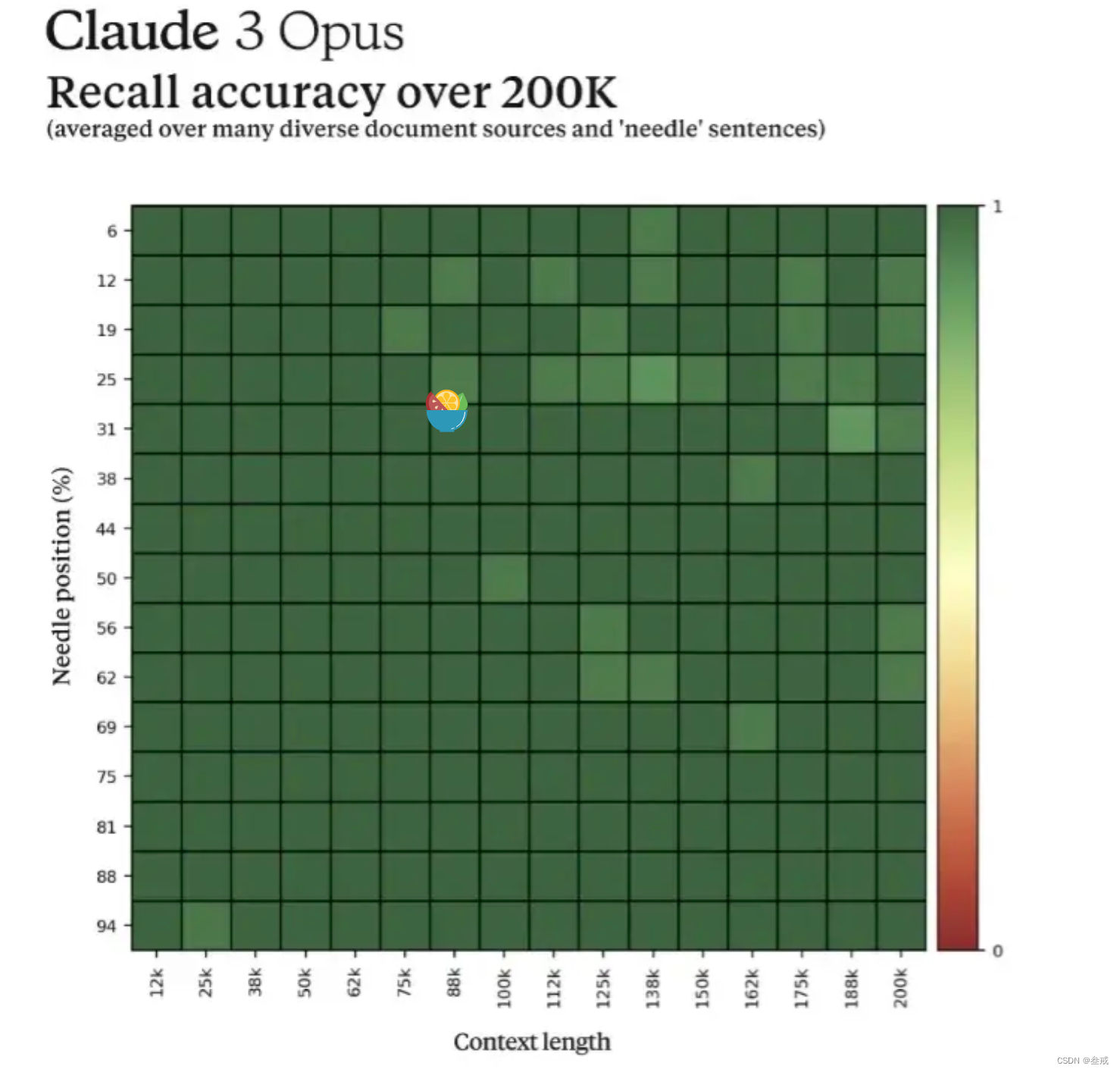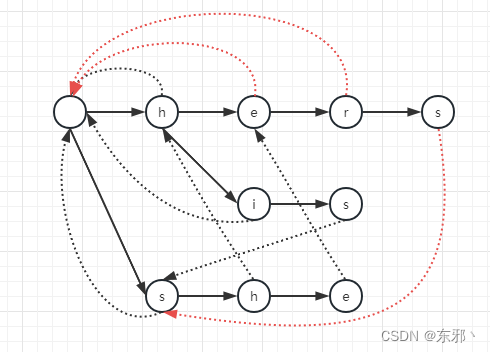在日常开发中,常常需要统计方法的耗时情况,一般的写法是在进入方法之前,记录一下当前时间戳,在方法最后再用当前时间戳减去进入时候的时间戳就是耗时情况,方法很简单,但不够优雅。
接下来我们用一个注解+AOP的方式来实现这个需求
首先,自定义一个注解 @StopWatch
import java.lang.annotation.ElementType;
import java.lang.annotation.Retention;
import java.lang.annotation.RetentionPolicy;
import java.lang.annotation.Target;
/**
* 方法耗时日志
*
* @author 敖癸
* @formatter:on
* @since 2023/11/29
*/
@Target(ElementType.METHOD)
@Retention(RetentionPolicy.RUNTIME)
public @interface StopWatch {
/** 日志内容模板, ex: "topic: {}" */
String value() default "";
/** 模板参数,支持SpEL表达式, ex: {"#serialNo", "第二个参数"} */
String[] args() default {};
}
然后再实现一个切面
import cn.hutool.core.lang.Opt;
import com.dmjy.pub.common.StopWatch;
import lombok.RequiredArgsConstructor;
import lombok.extern.slf4j.Slf4j;
import org.aspectj.lang.ProceedingJoinPoint;
import org.aspectj.lang.annotation.Around;
import org.aspectj.lang.annotation.Aspect;
import org.slf4j.MDC;
/**
* 耗时日志注解切面
*
* @author 敖癸
* @formatter:on
* @since 2023/11/29
*/
@Slf4j
@Aspect
@RequiredArgsConstructor
public class StopWatchAspect {
private static final SpelExpressionParser PARSER = new SpelExpressionParser();
@Around("@annotation(stopWatch)")
public Object around(ProceedingJoinPoint joinPoint, StopWatch stopWatch) throws Throwable {
long startTime = System.currentTimeMillis();
try {
return joinPoint.proceed();
} finally {
long totalMs = System.currentTimeMillis() - startTime;
MDC.put("costTime", String.valueOf(totalMs));
String content = buildTemplate(joinPoint, stopWatch);
content = Opt.ofBlankAble(content).orElseGet(() -> joinPoint.getSignature().toShortString());
if (log.isDebugEnabled()) {
log.debug("{}, 执行耗时 {} ms", content, totalMs);
} else {
log.info("{}, 执行耗时 {} ms", content, totalMs);
}
}
}
/**
* SpEL模板解析
*
* @param context 切点的上下文对象
* @param template 字符串模板
* @param expressions SpEL参数
* @return java.lang.String
* @author 敖癸
* @since 2024/3/5 - 17:03
*/
private static String buildTemplate(ProceedingJoinPoint joinPoint, StopWatch stopWatch) {
String template = stopWatch.value();
String[] expressions = stopWatch.args();
if (StrUtil.isNotBlank(template) && expressions != null) {
EvaluationContext context = buildEvaluationContext(joinPoint)
Object[] args = Arrays.stream(expressions).map(expression -> {
if (StrUtil.startWith(expression, "#")) {
return PARSER.parseExpression(expression).getValue(context);
}
return expression;
}).toArray();
template = StrUtil.format(template, args);
}
return template;
}
/**
* 解析切点的上下文对象
*
* @param joinPoint aop切点
* @return org.springframework.expression.EvaluationContext
* @author 敖癸
* @since 2024/3/5 - 17:05
*/
private static EvaluationContext buildEvaluationContext(ProceedingJoinPoint joinPoint) {
MethodSignature signature = (MethodSignature) joinPoint.getSignature();
String[] argNames = signature.getParameterNames();
EvaluationContext context = new StandardEvaluationContext();
Object[] methodArgs = joinPoint.getArgs();
for (int i = 0; i < methodArgs.length; i++) {
context.setVariable(argNames[i], methodArgs[i]);
}
return context;
}
}
使用示例:
@StopWatch(value = "whatsappUser回调: phone: {}, {}", args = {"#dto.vcPhone", "#dto.isMatch()?\"匹配成功\":\"匹配失败\""})
public void consumerFunc(WSUserInfoDTO dto) {
ThreadUtil.sleep(345);
}

这个注解不光可以取出参数中对象中的属性,方法,还可以解析表达式,来自定义日志的内容
